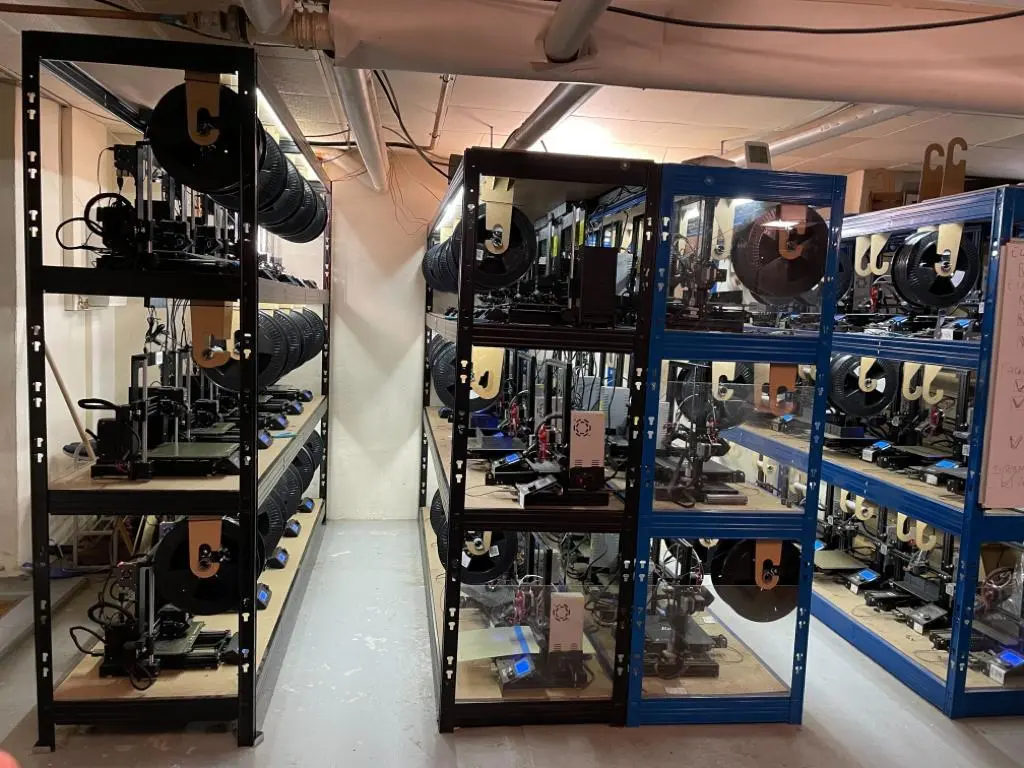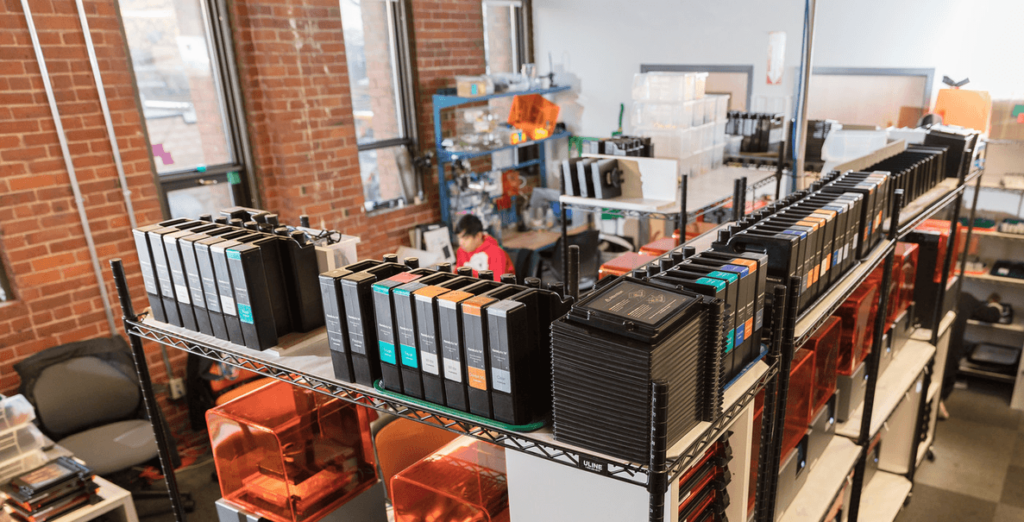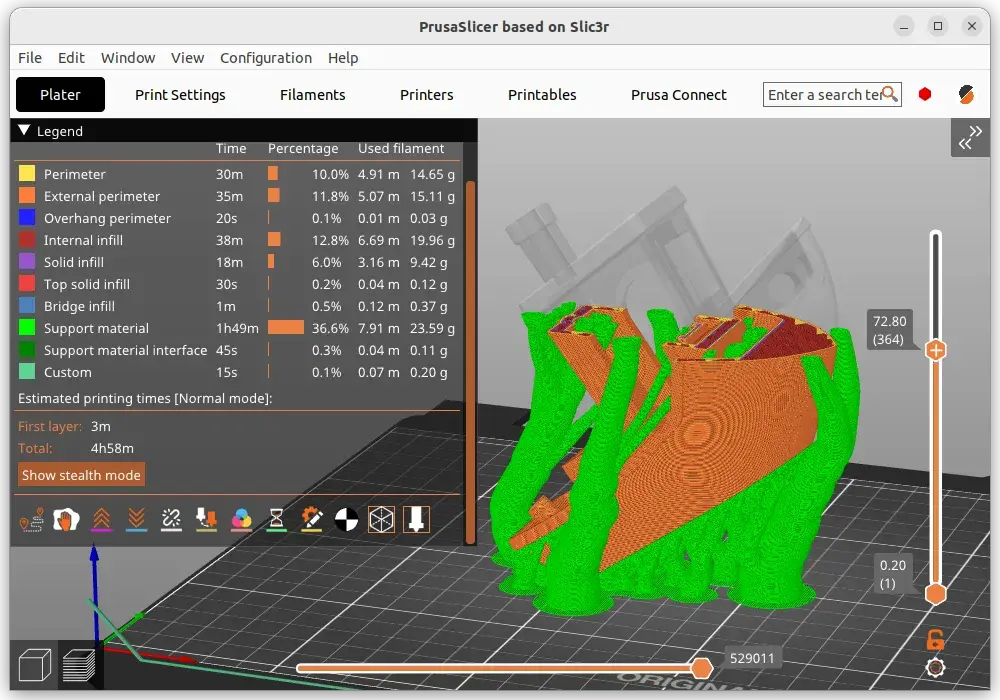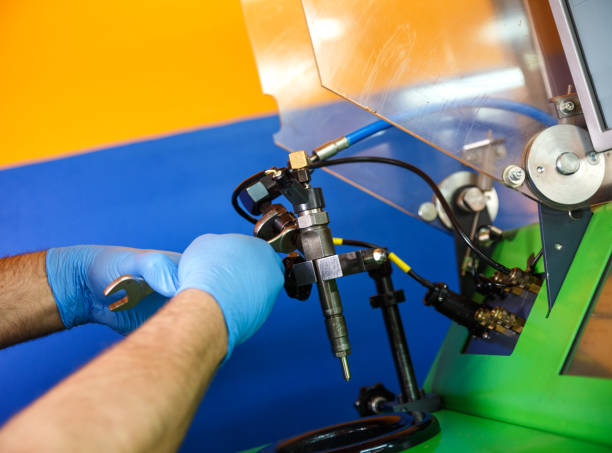How to Start a 3D Printing Business from Home
Starting a 3D printing business from home is an exciting opportunity to turn creativity into profit. With the advancements in 3D printing technology, entrepreneurs can manufacture customized products, prototypes, and unique designs right from their own workspace. Whether you’re looking to create prototypes for engineers, custom gifts, or functional household items, a home-based 3D printing business can be both rewarding and profitable. In this guide, we’ll walk through everything you need to know, from selecting the best 3D printer to marketing your creations.
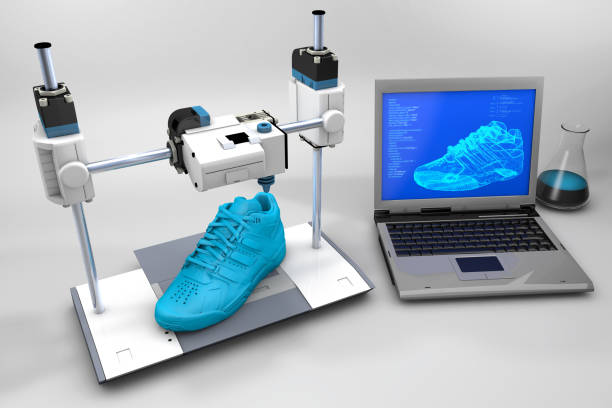
Understanding the 3D Printing Industry
Before diving into your business, it’s crucial to understand the potential of the 3D printing industry. The market for 3D-printed products is expanding rapidly, covering industries like:
- Prototyping: Engineers, inventors, and companies need prototypes before mass production.
- Custom Gifts & Accessories: Personalized keychains, jewelry, phone cases, and decorations are highly sought-after.
- Replacement Parts: Many consumers seek hard-to-find replacement parts for household items, vehicles, and electronics.
- Home Decor & Organization: Custom storage solutions, decorative pieces, and functional home items sell well.
- Educational Models: Schools, universities, and hobbyists need 3D-printed models for education and experimentation.
By identifying a niche that aligns with your skills and interests, you can create a successful 3D printing business that stands out in the market.
Choosing the Right 3D Printer
Your business’s success largely depends on the quality and reliability of your 3D printer. Below are some of the best options available on Amazon, based on customer ratings, reviews, and features.
1. FLASHFORGE Adventurer 5M 3D Printer
- Features automatic leveling and a high-speed printing capability of up to 600mm/s.
- Comes with a 280°C direct extruder and a detachable nozzle for efficient printing.
- Sturdy all-metal frame structure ensures stability.
- Print size: 220x220x220mm.
- Rated 3.9 out of 5 stars with over 1,900 reviews.
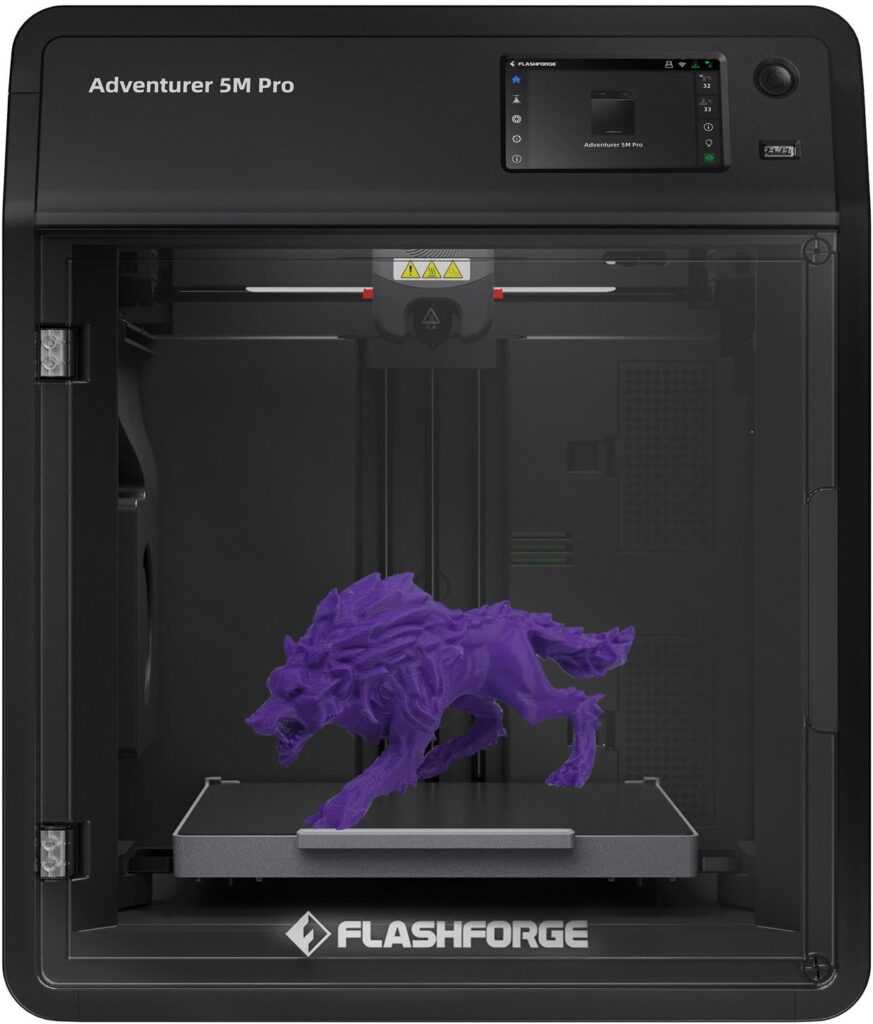
- Available on MatterHackers – Buy Now
- Offers a maximum print speed of 600mm/s for rapid production.
- Equipped with a clog-free direct extruder that supports up to 300°C.
- Features auto-leveling and an AI camera for monitoring prints.
- Build volume: 8.66 x 8.66 x 9.84 inches.
- Rated 4.3 out of 5 stars from 10,500+ reviews.
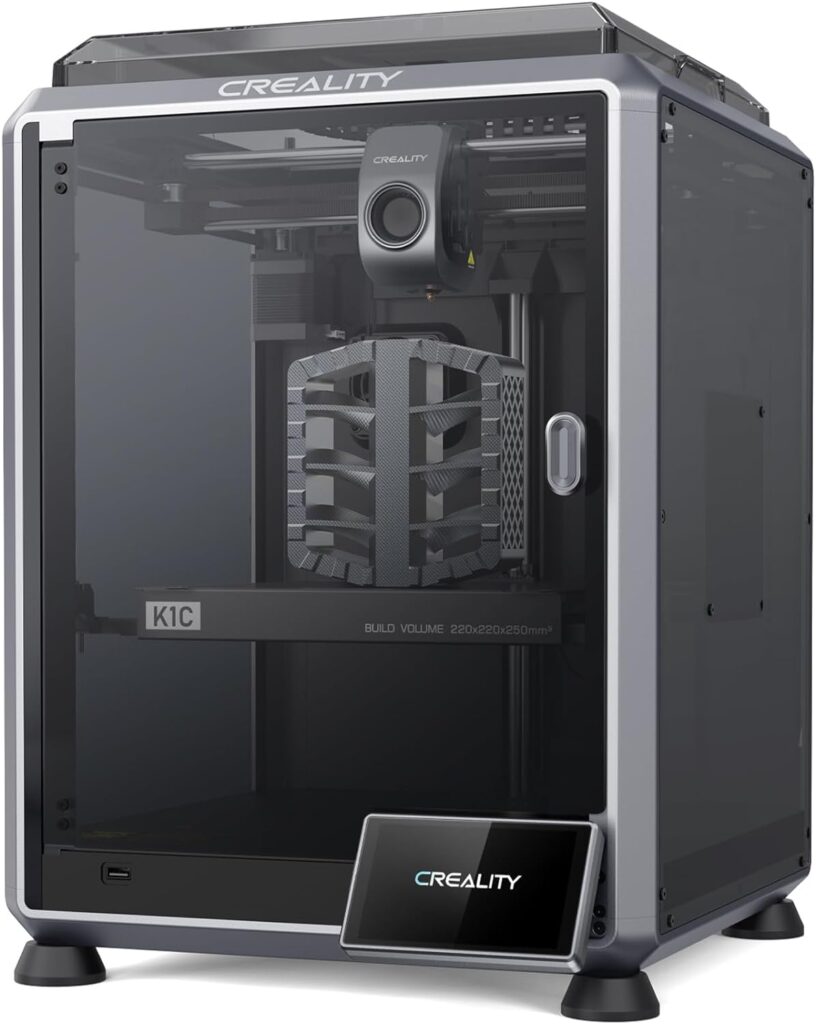
- Available on MatterHackers – Buy Now
- Prints at an impressive 600 mm/s.
- Includes a 370°C direct extruder with an integrated nozzle.
- Large print size: 12″x12″x11″ for bigger projects.
- Rated 4.4 out of 5 stars from 335 reviews.
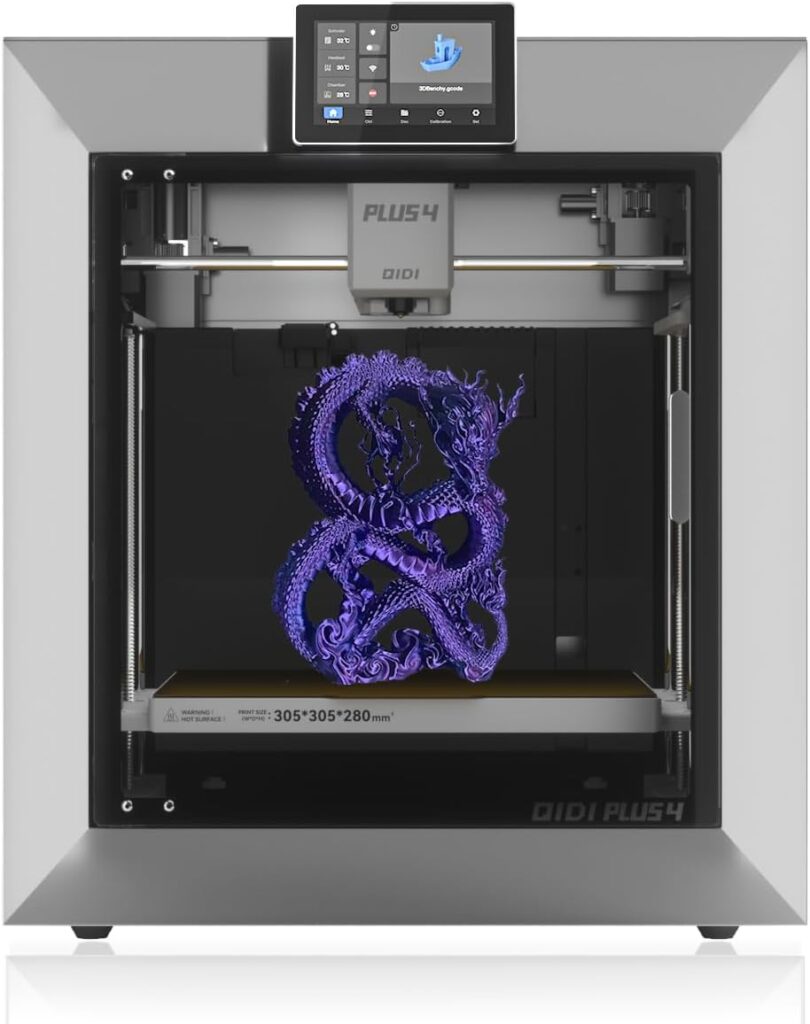
- Available on MatterHackers – Buy Now
Essential Accessories for Your 3D Printing Business
Having the right accessories and materials is just as important as choosing the right printer. Below are some of the highest-rated essentials to optimize your workflow:
1. OVERTURE PLA Filament 1.75mm
- Provides excellent dimensional accuracy (+/- 0.02mm).
- Compatible with most FDM printers.
- Comes in a 1kg spool.
- Rated 4.4 out of 5 stars from 6,400+ reviews.
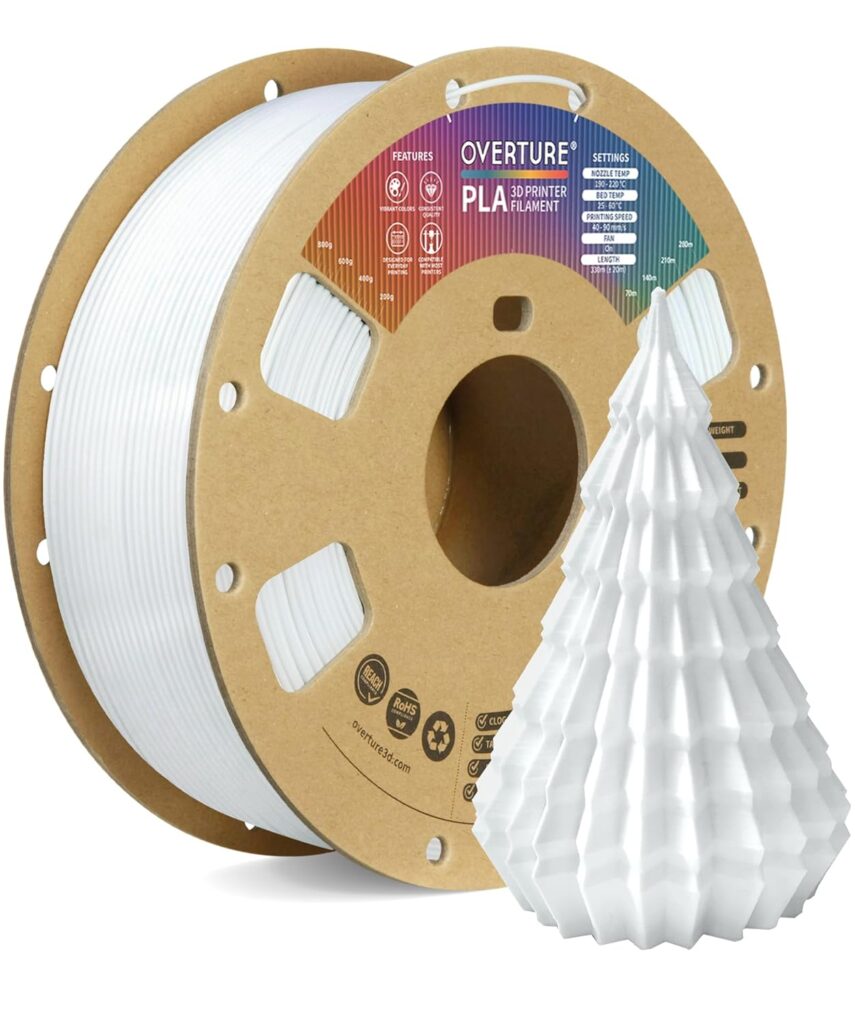
- Available on MatterHackers – Buy Now
2. Comgrow 3D Printer Filament Dryer Box
- Keeps filament dry to prevent print quality issues.
- Works with both 1.75mm and 2.85mm filaments.
- Rated 4.4 out of 5 stars from over 5,100 reviews.
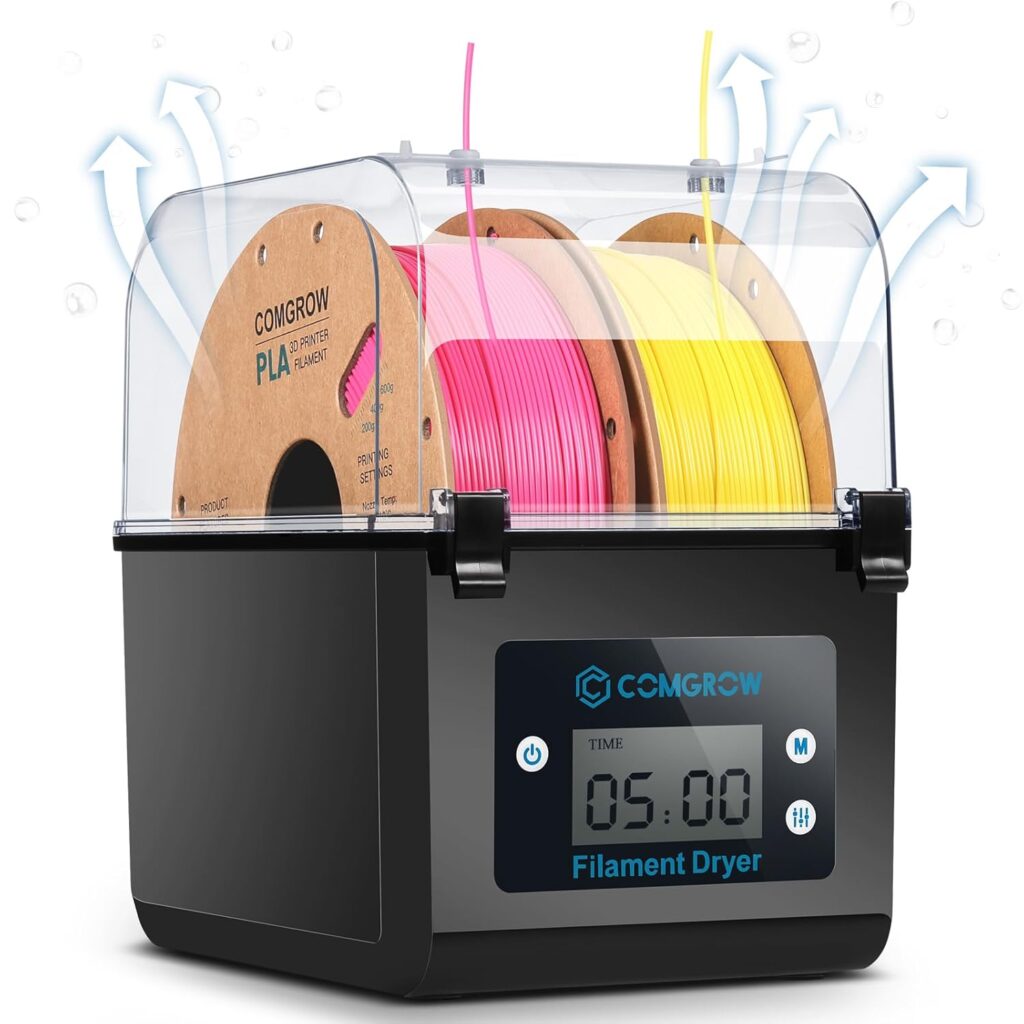
- Available on MatterHackers – Buy Now
3. 3D Printer Adhesive Glue Bed Weld Original
- Ensures strong adhesion and prevents warping.
- Works with ABS, ASA, PLA, and PETG materials.
- Rated 4.5 out of 5 stars from over 2,600 reviews.
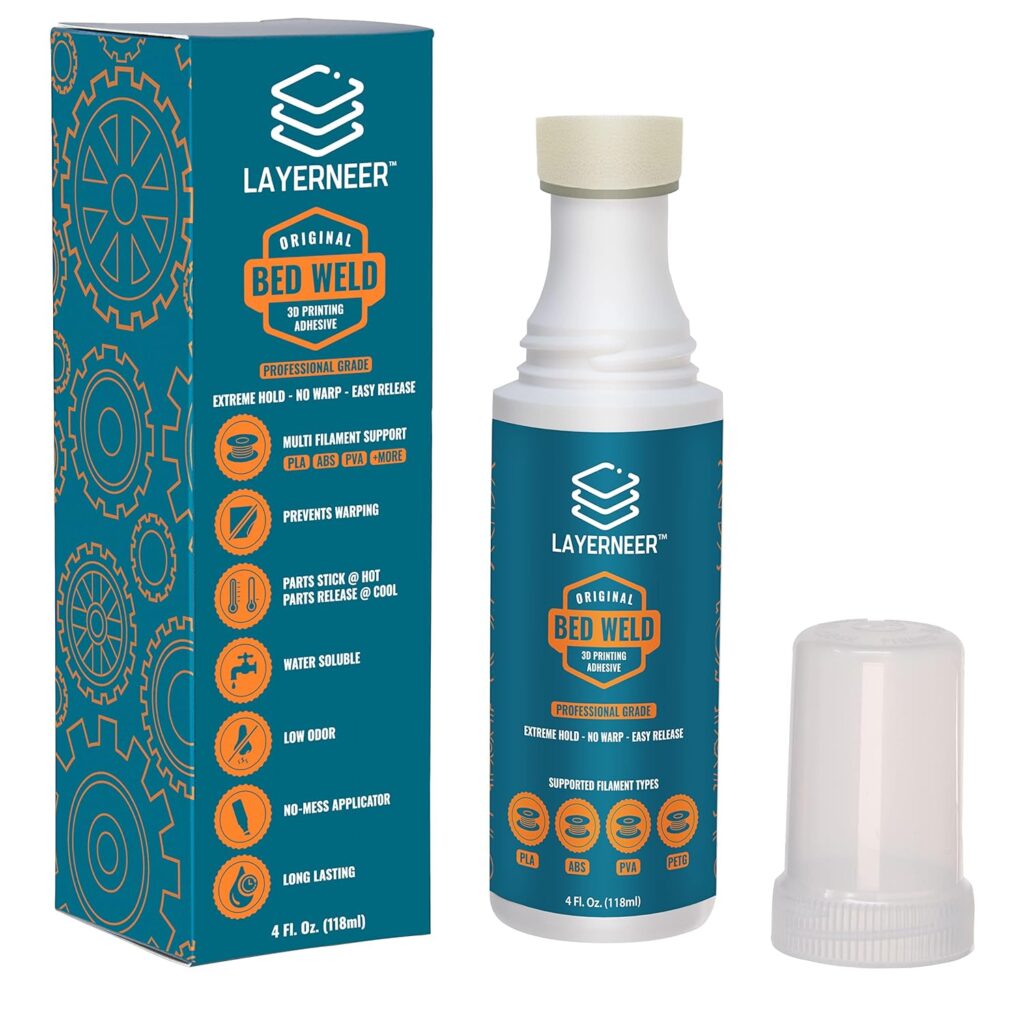
- Available on Amazon – Buy Now
Designing and Printing Your First Product
To create your first product, you’ll need 3D modeling software. Here are some beginner-friendly options:
- Tinkercad: Free, web-based, and user-friendly.
- Fusion 360: Advanced features for complex designs.
- Blender: Best for artistic and sculpted models.
If you prefer ready-made designs, you can find templates on:
- Thingiverse: A free repository of 3D models.
- MyMiniFactory: High-quality designs often used for commercial purposes.
Marketing and Selling Your 3D-Printed Products
Once you have high-quality prints, it’s time to market your products. Consider these platforms:
- Etsy: Great for selling custom and artistic designs.
- eBay: Ideal for niche products and replacement parts.
- Amazon Handmade: A powerful marketplace for custom 3D-printed goods.
- Your Own Website: Using Shopify or WooCommerce, you can create a dedicated storefront.
Leverage social media to showcase your work and attract potential buyers. Platforms like Instagram, TikTok, and Pinterest are excellent for visual marketing. Additionally, join 3D printing and maker communities on Facebook and Reddit to connect with potential customers.
Scaling Your Business
As your business grows, consider expanding by:
- Investing in additional printers to increase production.
- Offering 3D modeling and design services.
- Partnering with businesses to create custom products.
- Exploring advanced materials like resin or carbon fiber filaments.
Final Thoughts
Starting a 3D printing business from home requires the right equipment, a creative mindset, and a solid marketing strategy. By investing in a high-quality 3D printer, essential accessories, and effective marketing, you can turn your passion into a profitable business. Whether you’re crafting personalized gifts, prototypes, or home decor, the opportunities in 3D printing are vast and growing. Ready to get started? Check out the recommended products above and begin your journey today!
